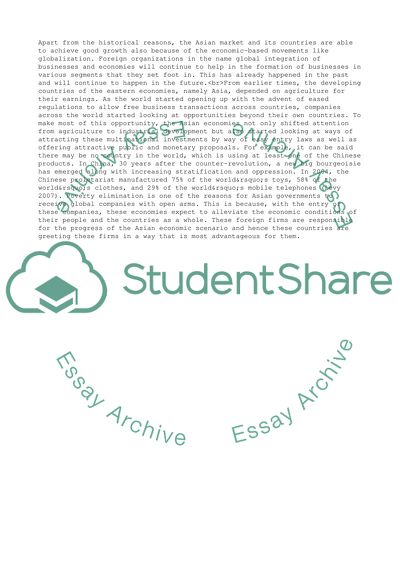Cite this document
(“Global and International Business Contexts Research Paper”, n.d.)
Global and International Business Contexts Research Paper. Retrieved from https://studentshare.org/business/1737564-global-and-international-business-contexts
Global and International Business Contexts Research Paper. Retrieved from https://studentshare.org/business/1737564-global-and-international-business-contexts
(Global and International Business Contexts Research Paper)
Global and International Business Contexts Research Paper. https://studentshare.org/business/1737564-global-and-international-business-contexts.
Global and International Business Contexts Research Paper. https://studentshare.org/business/1737564-global-and-international-business-contexts.
“Global and International Business Contexts Research Paper”, n.d. https://studentshare.org/business/1737564-global-and-international-business-contexts.


